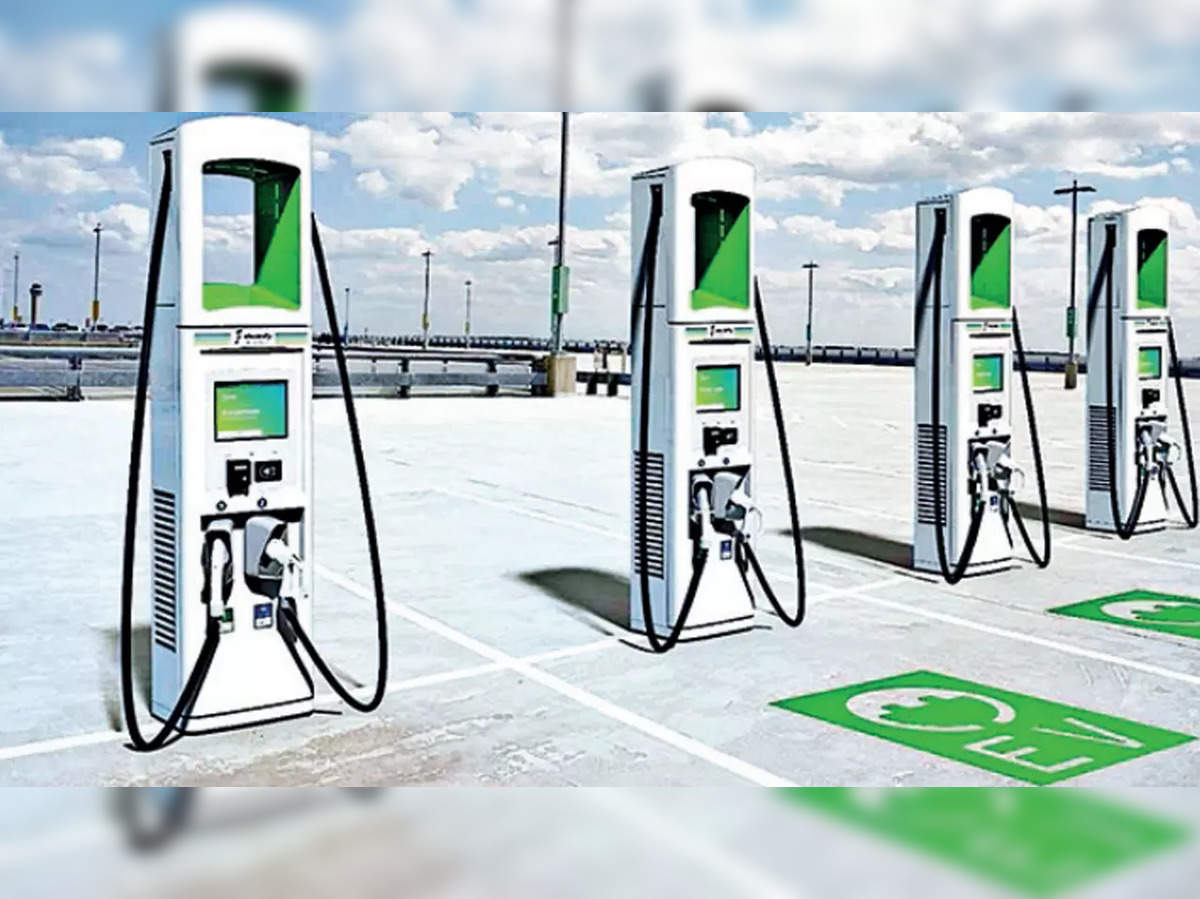 Newsletter Copywriting – Emails That Convert, Not Bore!
Newsletter Copywriting – Emails That Convert, Not Bore!
The Psychology of Payment Preferences: Insights from Xero’s 2025 Report
Written by Nimit » Updated on: June 17th, 2025

Introduction:
As the digital landscape continues to evolve, consumer payment preferences are becoming increasingly critical for businesses to understand. The latest report from Xero, titled "I Want to Pay That Way," provides valuable insights into how payment preferences are shaping consumer behavior, and the psychology behind these choices. With payment methods rapidly diversifying, businesses must understand not only how consumers prefer to pay but also why they make these choices.
In 2025, consumer behavior around payment methods is driven by convenience, trust, security, and emotional satisfaction. As Xero’s data highlights, the way people choose to pay is influenced by various psychological factors, ranging from generational differences to security concerns and the desire for convenience. The results of the report underscore the importance of adapting to these changing preferences to maintain competitive advantage in the marketplace.
The Psychology of Payment Preferences: Why We Choose Certain Payment Methods
Understanding the psychology behind payment preferences is key to designing a seamless and engaging payment experience for consumers. The Xero report identifies several psychological drivers that influence how people make their payment decisions.
1. Convenience: The Most Important Factor
For many consumers, convenience is the most influential factor when choosing a payment method. The ease of use and time-saving elements of a payment system often determine whether it becomes the preferred choice. Consumers expect frictionless transactions that require minimal effort. Whether it’s swiping a credit card, tapping a mobile wallet, or using a Buy Now, Pay Later (BNPL) option, consumers gravitate toward solutions that are quick and hassle-free.
Xero’s report highlights that 87% of consumers prefer to use credit or debit cards because they are fast and simple, while 68% of small businesses still rely on traditional payment methods, like bank transfers, which can be slower and less convenient. This creates a gap between what consumers desire and what businesses provide. As we approach 2025, businesses that provide a seamless payment process will be more likely to win customer loyalty, especially in a competitive marketplace.
2. Trust and Security: Reducing Consumer Anxiety
Trust is another key psychological factor influencing payment preferences. With increasing concerns about data security and fraud, consumers are becoming more selective about which payment methods they use. Credit card companies and digital wallets like Apple Pay and Google Pay have invested heavily in security features, such as tokenization, biometric verification (Face ID or fingerprints), and encryption, to ensure that their customers feel safe when making payments.
According to Xero’s data, 73% of consumers express a strong preference for digital wallets like Apple Pay because of the perceived security and convenience. In contrast, bank transfers or cash payments are often viewed as less secure by consumers, especially for online transactions. In 2025, businesses that implement secure payment systems and clearly communicate the safety measures they take will be better positioned to build trust with their customers.
3. Emotional Satisfaction and Brand Loyalty
Another interesting insight from Xero’s report is that consumer payment choices are often emotionally driven. A consumer’s emotional attachment to a specific brand or payment method can play a significant role in the decision-making process. When a customer has a positive emotional experience with a brand, they are more likely to return to that brand and choose it for future purchases, often regardless of other factors like price.
For example, consumers who have consistently had pleasant experiences using mobile wallets may develop an emotional attachment to that particular method, seeing it as part of their lifestyle. Similarly, those who prefer BNPL services may feel more in control of their finances, creating a sense of satisfaction that influences their future payment decisions. Businesses that cater to these emotional connections—by offering easy-to-use, personalized payment methods—can foster long-term customer loyalty.
4. Generational Influence: How Age Affects Payment Preferences
Xero’s report also reveals a clear generational divide in payment preferences. Younger consumers, particularly Millennials and Gen Z, are more inclined to use mobile wallets and BNPL services, while older generations, such as Baby Boomers and Generation X, tend to prefer traditional payment methods like credit and debit cards or bank transfers.
The psychology behind this is rooted in technology adoption and comfort levels. Younger consumers, who have grown up with smartphones and digital technologies, are more open to adopting new payment methods and integrating them into their daily lives. For these groups, payment methods like Apple Pay or Google Pay provide convenience and a sense of modernity.
What Drives Consumer Behavior in Payment Preferences?
The data provided by Xero paints a detailed picture of how payment preferences are shaped by consumer behavior and external factors. Below are some of the key drivers behind payment method choices.
1. Speed and Efficiency
Consumers increasingly expect fast transactions. The growing demand for contactless payments and QR code-based payment systems is driven by the desire for speed and efficiency. Consumers don’t want to spend time navigating complex checkout processes or waiting for transactions to process. The report reveals that 76% of consumers say that quicker payments would encourage them to spend more money. Therefore, businesses that streamline their payment processes and ensure quick, hassle-free transactions will benefit from increased customer satisfaction and loyalty.
2. Perceived Control and Flexibility
One of the main reasons consumers flock to Buy Now, Pay Later (BNPL) services is the perceived sense of control and flexibility that they provide. These payment options allow consumers to split their purchases into smaller installments, making large purchases more affordable and manageable. For many consumers, this control over payments is psychologically satisfying and gives them peace of mind, particularly in times of economic uncertainty.
As Xero’s report suggests, 31% of millennials use BNPL regularly, while 23% of consumers in total express an interest in this payment method. Businesses that don’t offer BNPL options could risk losing out on potential sales, especially as consumer demand for flexible payment methods increases.
3. Personalized Experiences and Rewards
Personalization is a powerful psychological motivator in consumer behavior. In the context of payment preferences, personalized payment experiences—such as tailored offers, loyalty points, and discounts—can significantly influence consumer decisions. Consumers are more likely to choose a payment method that aligns with their preferences and rewards them for using it.
Digital wallets and apps like Apple Pay and Google Pay are leveraging personalized experiences by offering rewards programs and integrating with loyalty schemes. By offering tailored rewards or personalized payment options, businesses can encourage repeat purchases and build stronger customer relationships.
4. Social and Cultural Influence
Finally, the influence of social and cultural trends plays a significant role in shaping payment preferences. Consumers are increasingly influenced by the payment habits of their peers, as well as broader cultural trends. In particular, the rise of digital wallets and BNPL services has been fueled by social influence, with younger generations adopting these payment methods because their peers are doing the same. Additionally, social media and peer reviews often shape consumer perceptions of new payment methods and can have a significant impact on their adoption.
The Impact of Payment Preferences on Small Businesses
Xero’s report emphasizes the importance of adapting payment strategies to meet consumer demands. Small businesses, in particular, face challenges when it comes to offering a diverse range of payment options. However, businesses that take the time to understand the psychological drivers behind payment preferences are better equipped to meet customer needs and enhance the overall payment experience.
Adopting flexible payment options, ensuring security and trust, and providing seamless, personalized payment experiences are crucial steps for small businesses to thrive in the competitive landscape of 2025.
Conclusion
The data from Xero’s report provides valuable insights into the psychology of payment preferences and how businesses can leverage this information to enhance their payment offerings. By understanding the emotional, generational, and psychological factors that influence consumer behavior, businesses can offer payment methods that resonate with their customers. Offering convenience, security, flexibility, and personalized experiences will not only help businesses cater to today’s diverse consumer base but also foster long-term customer loyalty.
As we move toward 2025, the demand for digital and mobile payment solutions will continue to rise. Businesses that embrace these changes and adapt to evolving payment preferences will have a competitive edge in an increasingly digital world.
Note: IndiBlogHub features both user-submitted and editorial content. We do not verify third-party contributions. Read our Disclaimer and Privacy Policyfor details.
Copyright © 2019-2025 IndiBlogHub.com. All rights reserved. Hosted on DigitalOcean for fast, reliable performance.












